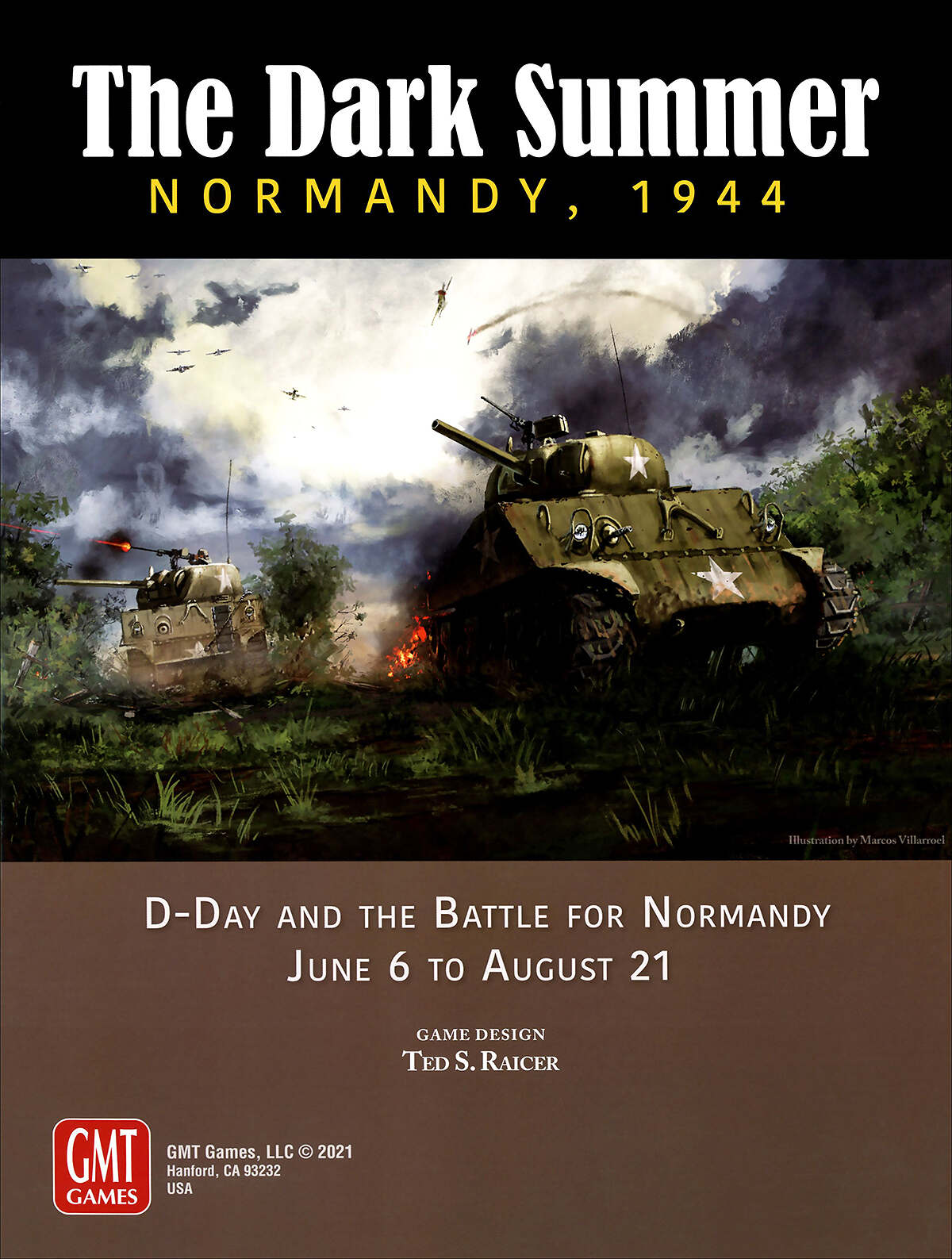Sieg!
Sieg!
The sun shines relentlessly on the Russian steppe. The Axis plays its "Major Offensive" card, combined with the "German Generals" card. This gives it two potential shift columns when attacking in range of HQ support. This is a major advantage that can be sustained in subsequent turns with offensive points.The play of these cards delivers the results of the Kursk offensive in 1943, which succeeded in making the Russians move back, although they were prepared. Here we are in 1942 with an insufficiently prepared Soviet. The front, though solid, is broken at several points. All the weight of the attack is carried in the centre. OKH reduces its forces to the maximum on the secondary fronts in the North and South, concentrating its mobile forces around Voronezh. Unable to redeploy, the Stavka order attacks towards Rostov in an attempt to relieve the central front.
It is too little and too late. Voronezh is largely bypassed from the east and the Soviet Central Front HQ is crushed by a panzer division. This prohibits the possibility of spending offensive points in the sector, which would have allowed more effective counter-measures. A pocket is formed around the city, becoming more and more hermetic as the month progresses.
The return of a heavy cloud cover handicaps the axis a little but can do nothing for the four Soviet armies locked in Voronezh, which are gradually reduced.
Throughout the month, desperate offensives are launched in the south but cannot break through the German front which is retreating step by step.
The final blow is struck in the last week of June. The Soviet Central Front ceases to exist. Sliced, it is unable to counter the German advance towards Moscow. The whole axis pivots from east to west in a new hook, the end of which takes Gorky, left without a garrison. Moscow is out of supply, all the railways to the rest of the USSR are under German control.
Faced with the scale of the breach and wishing to spare himself a long agony, the Soviet player admits defeat.
This is the end of a long game that took us three months live via Vassal and Skype. We liked the game and we will start again with pleasure. The two armies are really different: the Axis has the movement, the Russian has the strength. The month of July would have seen the first armies of the Guard and in October 42 the Soviet armoured armies land.
To avoid his sad fate, the Russian should have built up a solid centre during the mud by fortifying the whole front line. He had enough construction points to do so.
The management of the forces is a very important point on the Russian side. It does not have great movement capabilities. Once they are assigned to a sector, it is difficult to send them quickly elsewhere.
In any case, Thunder in the East has fulfilled its objective which was to distract us. We will try to play an "end of war" scenario to reverse the roles and have the Soviet side go on the offensive.




Commentaires
Enregistrer un commentaire